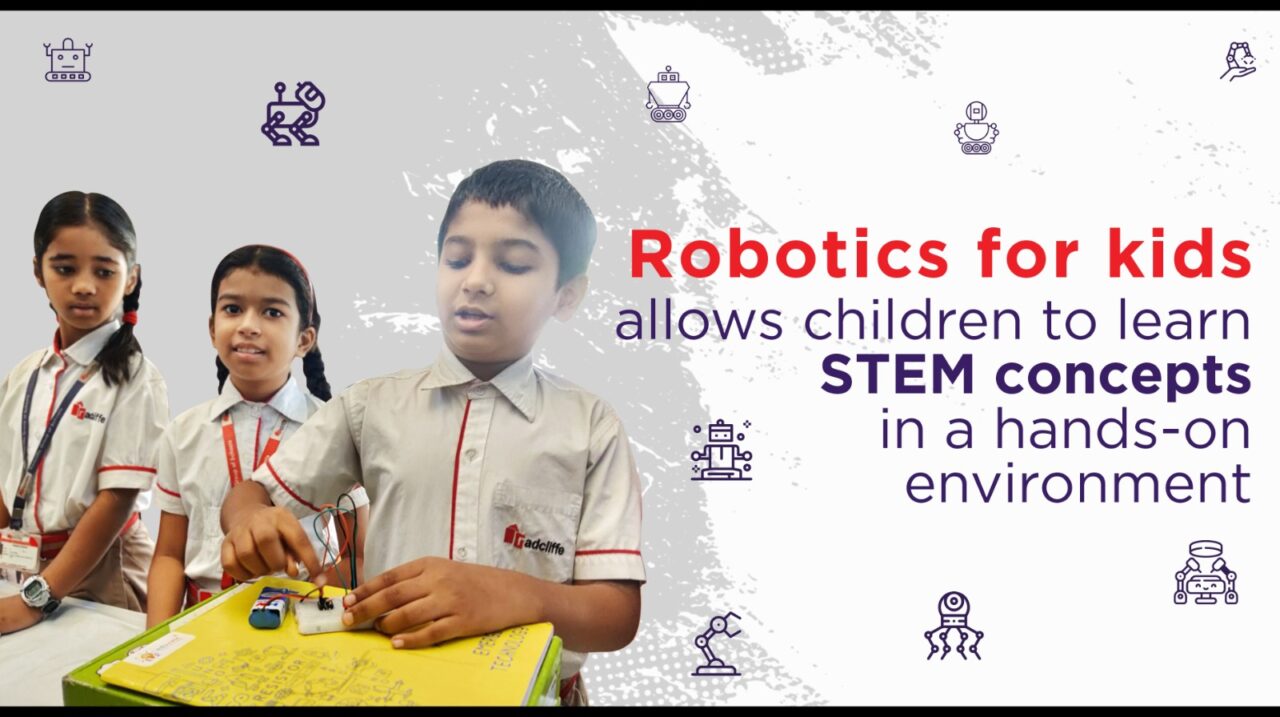In today’s rapidly evolving world, providing children with a well-rounded education involves more than just classroom learning. Robotics for kids offers an exciting avenue for children to engage in hands-on activities while exploring STEM concepts. By combining the principles of Science, Technology, Engineering, and Mathematics (STEM) with the creativity and problem-solving skills inherent in robotics, children can develop a solid foundation for future success.
The Power of Robotics in STEM Education:
Robotics serves as a powerful tool for introducing children to the fascinating world of STEM. Through robotics, children can gain practical experience in programming, engineering, and problem-solving. By working with robots, children develop critical thinking skills, creativity, and analytical abilities, fostering a mindset of innovation and adaptability. The integration of robotics in education allows children to experience the power of STEM in action.
Hands-On Learning and STEM Concepts:
One of the key advantages of robotics for kids is the hands-on learning experience it offers. Children can actively build, program, and interact with robots, allowing them to see firsthand how STEM concepts come to life. Whether it’s designing a robot’s movement, understanding sensors, or troubleshooting programming code, children can delve deep into STEM principles while engaging in a fun and interactive environment.
Cultivating Essential Soft Skills:
While robotics primarily focuses on STEM concepts, it also provides opportunities for children to develop essential soft skills. Collaboration and teamwork are integral to successful robotics projects, where children often work together to solve complex challenges. Effective communication skills are crucial in explaining ideas, seeking feedback, and presenting their work to others. Additionally, robotics promotes resilience, adaptability, and creativity, enabling children to navigate the ever-evolving world of technology.
Fostering Future Innovators:
The integration of robotics in education aims to nurture future innovators and leaders. By encouraging children to explore STEM concepts in a hands-on environment, robotics for kids empowers them to think critically, solve problems creatively, and communicate effectively. The ability to apply STEM knowledge and skills in practical settings prepares children to become well-rounded individuals who are ready to make a difference in their future careers and contribute to society.
Robotics for kids provides an invaluable platform for children to learn and apply STEM concepts in a hands-on environment. By engaging in robotics activities, children develop a solid foundation in critical thinking, problem-solving, and creativity. They also cultivate essential soft skills such as collaboration, communication, and adaptability. Ultimately, robotics for kids equips the next generation of innovators with the necessary skills to excel in a technologically advanced world. Through robotics, children can unlock their potential and shape a brighter future.




